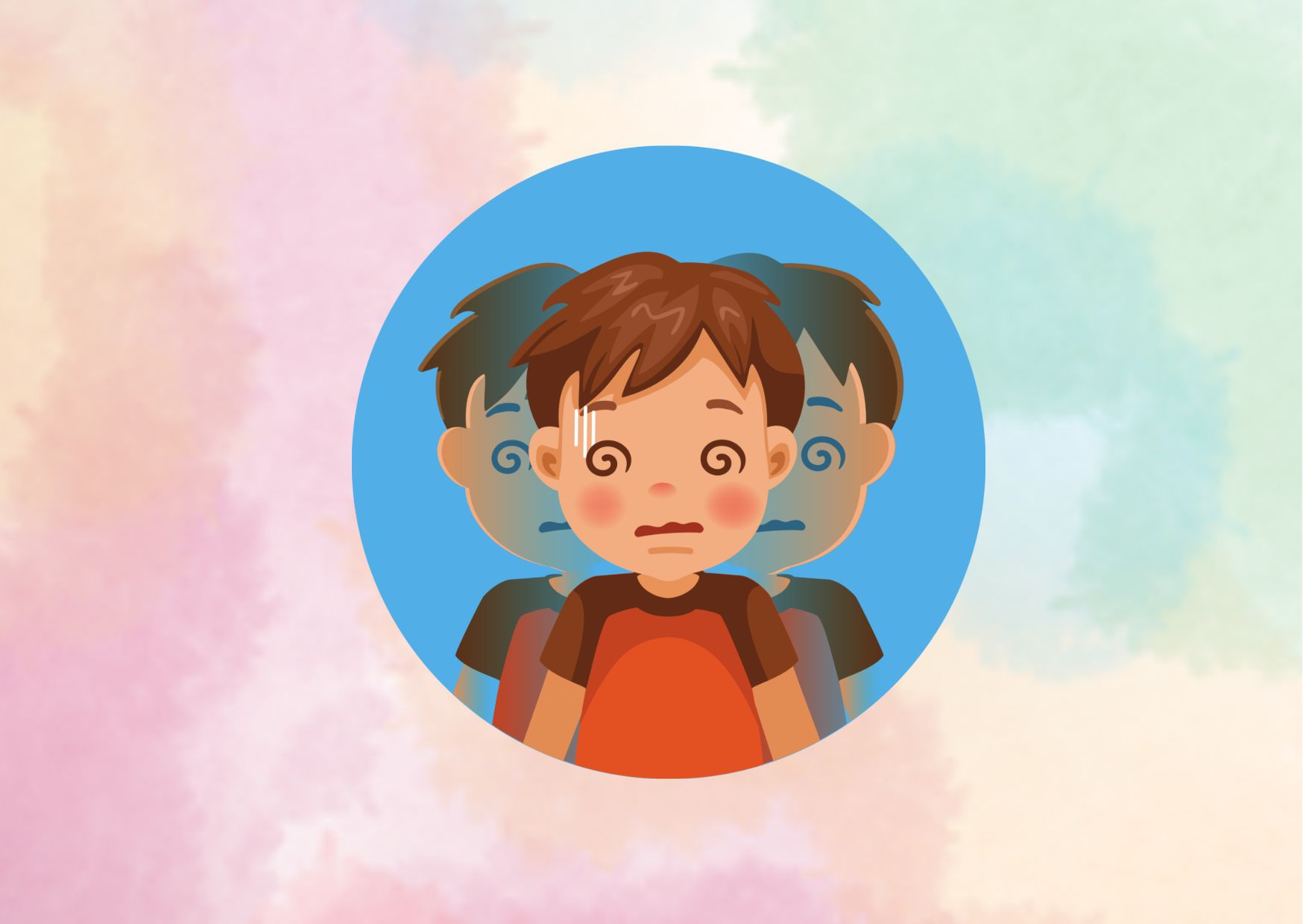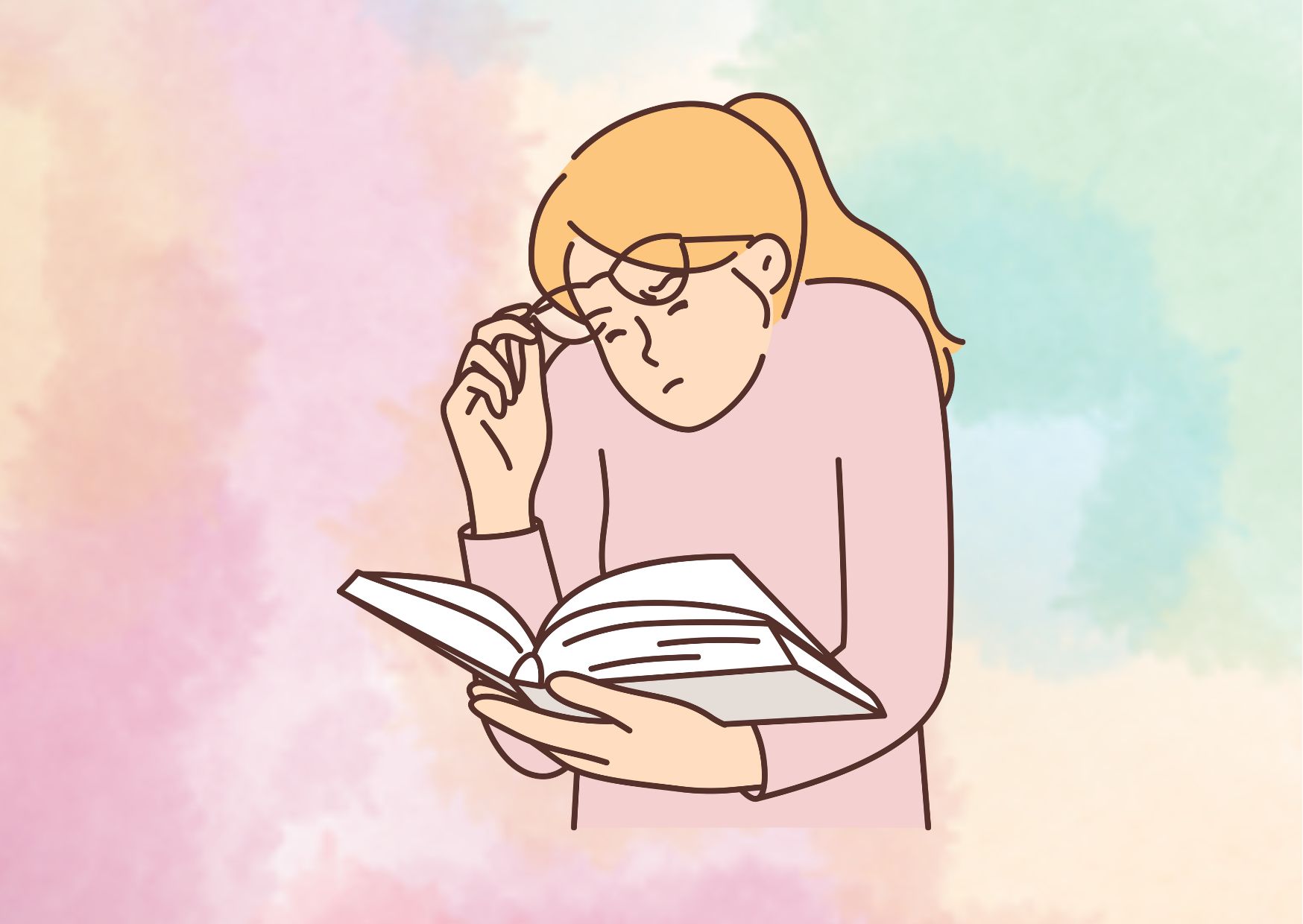How to Identify and Treat Binocular Vision Dysfunction Effectively
Binocular Vision Dysfunction (BVD) is a common yet often overlooked eye condition that can have a significant impact on daily life. This disorder occurs when the eyes struggle to work together as a team, leading to a range of symptoms that can affect a person’s vision, balance, and overall well-being. Binocular Vision Dysfunction can make simple tasks like reading or driving challenging, and many people live with its effects without realizing the root cause of their discomfort.
Understanding Binocular Vision Dysfunction is crucial for those experiencing unexplained visual disturbances or headaches. This article will explore what Binocular Vision Dysfunction is, how to recognize its symptoms, and its effects on activities like driving. We’ll also look into how BVD influences everyday life, the process of getting a diagnosis, and the treatment options available. For those living with BVD, we’ll provide insights on managing the condition and maintaining a good quality of life.
What is Binocular Vision Dysfunction (BVD)?
Binocular Vision Dysfunction (BVD) is a condition that occurs when the eyes and brain struggle to work together effectively. This disorder prevents an individual from seeing the world as a single, seamless picture. Rather than being a specific condition, BVD serves as an umbrella term encompassing various visual issues that affect how the eyes and brain communicate.
Definition
Binocular Vision Dysfunction manifests when the eyes are slightly misaligned, making it difficult for them to send one clear image to the brain. This misalignment can lead to a range of symptoms, including dizziness, motion sickness, headaches, and light sensitivity. The condition can significantly impact the lives of both children and adults, often interfering with daily activities and quality of life.
There are three grades of binocular vision:
- Macular perception: The simplest form, where both eyes can see the same thing clearly.
- Fusion: The brain uses signals from both eyes to build two separate pictures and then “fuses” them together.
- Stereopsis: The most advanced form, allowing for 3D vision and depth perception.
Causes
Binocular Vision Dysfunction can result from various factors, which can be categorized into four main types:
- Sight issues: These involve physical differences or distortions in how the eyes focus light onto the retinas. Examples include refractive errors such as presbyopia, astigmatism, hyperopia, and myopia.
- Eye issues: These refer to differences in how the eyes move or work together, like conditions that cause eye misalignment. Common examples include strabismus (crossed eyes) and amblyopia (lazy eye).
- Neurological issues: These involve problems with the nervous system, affecting how certain nerves control eye movement or how the brain processes visual information. Examples include migraines, strokes, sixth nerve palsy, and neurodivergent conditions like ADHD.
- Multi-factor issues: Some conditions, such as concussions or traumatic brain injuries, can cause multiple issues across different types, affecting vision, balance, and brain function simultaneously.
Common misconceptions
There are several misconceptions surrounding Binocular Vision Dysfunction that can lead to misdiagnosis and improper treatment:
- BVD is often misdiagnosed: Due to its wide range of symptoms, BVD is frequently mistaken for other conditions such as dyslexia, ADD/ADHD, migraines, chronic fatigue syndrome, or anxiety disorders.
- Glasses alone can fix eye alignment: Many people believe that glasses can correct eye turns (strabismus), but vision therapy is often required to address the underlying problem and restore proper vision.
- Prisms are a complete solution: While prisms can help support treating eye turns, they cannot solve the problem alone and may even cause blurred vision or worsen the condition over time.
- Surgery is the only treatment: Eye muscle surgery for strabismus can help align the eyes visually but does not necessarily improve binocular vision. Vision therapy is often recommended before or after surgery to improve eye-brain connections.
- BVD is always a muscle problem: Strabismus, a common form of BVD, is actually a problem of eye and brain coordination rather than a muscle issue.
Understanding these misconceptions is crucial for proper diagnosis and treatment of BVD. It’s important to consult with eye care professionals who are knowledgeable about BVD to ensure accurate diagnosis and appropriate treatment plans.
Recognizing Binocular Vision Dysfunction Symptoms
Binocular Vision Dysfunction (BVD) can manifest through a wide range of symptoms, often making it challenging to identify. These symptoms can be categorized into physical, visual, and reading-related issues. Understanding these signs is crucial for early detection and proper treatment of BVD.
Physical Symptoms
Binocular Vision Dysfunction has an impact on the body beyond just the eyes. Individuals with this condition may experience:
- Dizziness and motion sickness
- Headaches or migraines
- Neck and shoulder aches
- Back pain
- Difficulty maintaining balance while walking
- Tendency to bump into objects
- Frequent falls
- Head tilting
- Feeling faint
- Nausea
- Discomfort in the cheeks or sinus area
These physical symptoms can significantly affect a person’s daily life, making simple tasks challenging and uncomfortable.
Visual Symptoms
The visual effects of Binocular Vision Dysfunction can be particularly disruptive. Common visual symptoms include:
- Blurred vision
- Difficulty focusing on close objects or computer screens
- Eye strain, especially during work or school activities
- Light sensitivity (photophobia)
- Seeing halos or glare, particularly at night
- Trouble seeing clearly in dim lighting
- Double vision (diplopia)
- Pain when moving the eyes
- Poor depth perception
- Difficulties with hand-eye coordination
- Squinting or closing one eye to see better
These visual symptoms can make everyday activities like reading, working on a computer, or driving particularly challenging.
Reading Difficulties
Binocular Vision Dysfunction can have a significant impact on reading ability, which can be particularly problematic for students or professionals who rely heavily on reading. Common reading-related symptoms include:
- Fatigue when reading
- Difficulty maintaining concentration
- Easily distracted, especially in classroom settings
- Reduced reading comprehension and fluency
- Skipping words or missing lines while reading
- Words appearing to ‘float’ or merge together
- Needing to use a finger or bookmark to keep place while reading
- Requiring multiple re-reads to understand the content
- Trouble reading long strings of numbers
These reading difficulties can lead to frustration and may impact academic or professional performance if left unaddressed.
It’s important to note that Binocular Vision Dysfunction symptoms can vary in severity and combination from person to person. Some individuals may experience only a few symptoms, while others might struggle with many. Additionally, BVD can have an impact on driving, causing difficulties such as:
- Trouble driving at night or in low light conditions
- Anxiety related to driving
- Lack of confidence in judging distances while on the road
Furthermore, Binocular Vision Dysfunction can lead to anxiety-related symptoms, including heightened levels of anxiety, panic attacks in crowded areas, and agoraphobia or dislike of open or unfamiliar spaces.
Recognizing these symptoms is the first step towards seeking proper diagnosis and treatment for Binocular Vision Dysfunction. If an individual experiences a combination of these symptoms, especially if they persist over time, it’s advisable to consult with an eye care professional who specializes in binocular vision disorders. Early detection and treatment can significantly improve quality of life and prevent the worsening of symptoms.
Binocular Vision and Driving
Driving is an activity that demands a high level of visual acuity and attention. For individuals with Binocular Vision Dysfunction (BVD), this everyday task can become a significant challenge. BVD can have a profound impact on a person’s ability to drive safely and comfortably, affecting various aspects of the driving experience.
Night Driving Challenges
Driving at night presents unique difficulties for those with Binocular Vision Dysfunction. As people age, their vision tends to deteriorate, and this becomes more pronounced in low-light conditions. For Binocular Vision Dysfunction sufferers, these issues are compounded, making nighttime driving particularly problematic.
Some of the challenges faced during night driving include:
- Difficulty adjusting to low light levels
- Increased sensitivity to glare from oncoming traffic and streetlights
- Struggle to notice upcoming curves and obstacles
- Blurry or clouded vision
- Halo effects around lights
These issues can make night driving not only uncomfortable but also potentially dangerous. It’s crucial for individuals experiencing these symptoms to consult an eye care professional for a proper evaluation.
Distance Judgment Issues
BVD can significantly impact a person’s ability to judge distances accurately while driving. This can lead to several problems on the road:
- Difficulty in determining the distance between cars
- Feeling that passing cars are too close
- Challenges in navigating bends or curves
- Fear when driving over bridges or alongside cliffs due to poor depth perception
These distance judgment issues can create a sense of disorientation and uncertainty while driving, potentially leading to unsafe situations on the road.
Anxiety While Driving
For many individuals with Binocular Vision Dysfunction, driving can become a source of significant anxiety and stress. This anxiety can manifest in various ways:
- Loss of confidence in driving abilities
- Fear surrounding visually demanding driving situations
- Panic attacks while driving or even as a passenger
- Feeling overwhelmed by the speed of visual input, especially at higher speeds
- Disorientation, with a sensation of continued movement even after stopping
As a result of this anxiety, people with BVD might:
- Avoid driving altogether
- Try to avoid roads with multiple lanes or heavy traffic
- Experience high levels of stress during necessary driving tasks
- Feel lightheaded or on the verge of passing out while driving
It’s important to note that these symptoms can vary in severity from person to person. Some individuals might experience mild discomfort, while others may find driving so challenging that they avoid it entirely.
For those struggling with BVD-related driving issues, there are potential solutions. These may include:
- Prescription night driving glasses
- Getting adequate sleep to improve overall visual function
- Consuming eye-healthy foods like carrots, sweet potatoes, and spinach
- Keeping windows, windshields, and headlights clean and clear
- Adjusting schedules to avoid night driving when possible
However, it’s crucial to remember that these are general recommendations. Anyone experiencing persistent difficulties with driving due to visual issues should consult with an eye care specialist. A professional can provide a proper diagnosis and develop a tailored treatment plan to address the specific challenges posed by BVD.
Suggestion for read: 8 Steps Effective Insomnia Treatment
BVD’s Impact on Daily Life
Binocular Vision Dysfunction (BVD) has a significant impact on an individual’s daily life, affecting various aspects of their personal and professional activities. This condition, characterized by a slight misalignment of the eyes, can lead to difficulties in presenting a single, clear image to the brain. As a result, people with Binocular Vision Dysfunction often face challenges in their work, school, social interactions, and emotional well-being.
Work and School Performance
Binocular Vision Dysfunction can have a profound effect on a person’s ability to perform effectively at work or school. One of the primary challenges is difficulty with reading. Individuals with BVD may struggle to track moving objects or text, which can slow down their reading speed and impair comprehension. This can lead to reduced productivity and increased fatigue, especially during tasks that involve extensive reading or screen use.

